This post is part of the Worship Community’s Sunday Setlist blog carnival.
 I had the privilege of leading worship at Holy Family Anglican Church in Hendersonville, TN yesterday. It’s a liturgical service that also uses modern worship songs. It’s a new church (mission) and there are no musicians. Although I have experienced liturgical worship before, it was my first time leading as the only musician.
I had the privilege of leading worship at Holy Family Anglican Church in Hendersonville, TN yesterday. It’s a liturgical service that also uses modern worship songs. It’s a new church (mission) and there are no musicians. Although I have experienced liturgical worship before, it was my first time leading as the only musician.
Any time you lead worship at a new church there is a learning curve as to how they do things. This particular service required a good deal of preparation on my end as I had to study their liturgy and learn three new songs. OK, the hymns were not new, but steeped in tradition older than mine. Nonetheless, I had to learn them for yesterday’s service.
In case you’ve never seen liturgical music, it sometimes looks like this:
I called my Christian Orthodox friend. He reminded me that any time you see printed music like this, it’s only an attempt to bring an ancient tradition into our system of seeing things. There are a couple of challenges with this notation for those of us who are only familiar with modern music.
Lack of meter and note stems. There is no notation such as 4/4, 3/4, or 6/8. There are no measures per se, but these funny tick marks to indicate a phrase. The notes don’t have stems to clearly define their value. Finally, there is an inconsistency in the number of notes within the phrases. All of this can trip rock n’ roll worship leaders up. This is what you need to know.
- The most important element is the text. This is true of any good worship music, but an especially useful guide here. How would you say the text? That’s a pretty good starting point for the rhythm.
- Darker dots move faster than open circles. Assume they move twice as fast. I also tend to think of the open circles as the “destination” of the phrase. Open circles receive the accents or the downbeat.
- Think of the phrases as “waves” and make everything fit before the next one comes ’round.
- My experience is that grace abounds in the interpretation of the rhythm. However you interpret it, be confident so the congregation can follow
Watch the staff. I missed this the first few times I looked at this music, but note how the staff will sometimes have five lines (the modern custom) and sometimes have four lines. It’s very subtle, but look closely at the third system. I couldn’t figure out the notes for the words “you for your glory.” The notes go off the staff (oh yeah, no ledger lines). So that first note in the third system for the word “we” – it’s not an F# like I thought at first. It’s an A, the same as the last note in the previous system (“you” in “we worship you”).
I once sang in an Episcopal choir that came across music with one or two staff lines. As strange as that seems, at least it’s obvious. It’s easy to miss going from five to four. Here’s what you need to know.
- A clef is not just a symbol slapped across a staff for decoration or to distinguish higher instruments from lower ones. They define where a note is on the staff. (Ask any violists who has to read in multiple clefs). The curl on the
treble clef identifies the note G (the treble clef is uncommonly referred to as the G-clef). Look again at the third system of the Gloria piece.
The clef tells us the first line is G, making the space above it an A.
- However, I think it’s easier to look at the key signature than the curl of the clef. I know that the two sharps are F# and C#. If the second space is C#, the note below must be a B, the space below that must be an A. Of course, if the key had no sharps or flats, I couldn’t rely on this method, but it is how I figured it out in this case.
There. Now you can say you learned something today. In the end, it was a lovely service and a great experience for me. Here’s my set:
- Hymn in Procession: You’re Worthy of My Praise (David Ruis). This is my go-to song for a new setting. Plus I had been tipped off that they like it.
- The Gloria per their liturgy.
- Sequence Hymn: Thy Word (Amy Grant and Michael W. Smith). I kicked it old school on the recommendation of a friend who had previously led worship there. The sequence hymn is a song of affirmation sung before the gospel reading.
- Offertory: Everlasting Arms (Leaning). This was my song sung as a solo without the congregation
- Doxology
- The Sanctus, per their liturgy
- The Agnus Dei, per their liturgy (you didn’t think Michael W. Smith was the first to write this, did you?)
- Communion Hymn: The Wonderful Cross (Tomlin, Watts, Walt, Reeves, and Mason)
- Hymn in Procession: I bookend-ed it with a reprise of You’re Worthy of My Praise
The peace of the Lord be with you.
5 Comments
Leave A Comment
Read my comment policy.






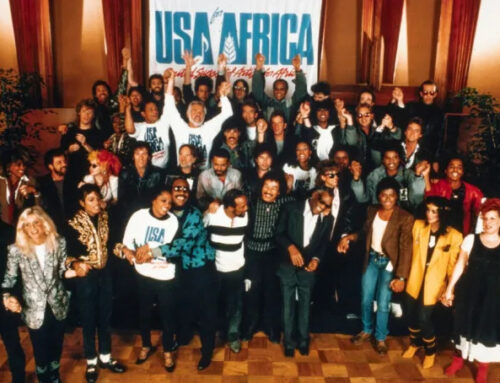

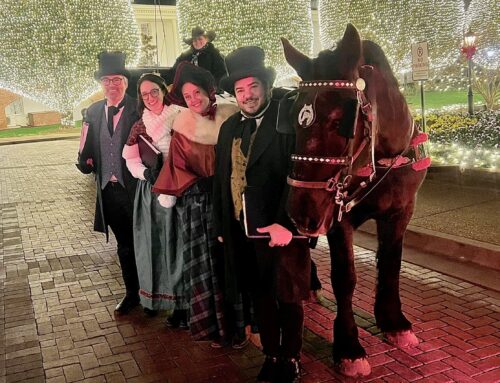

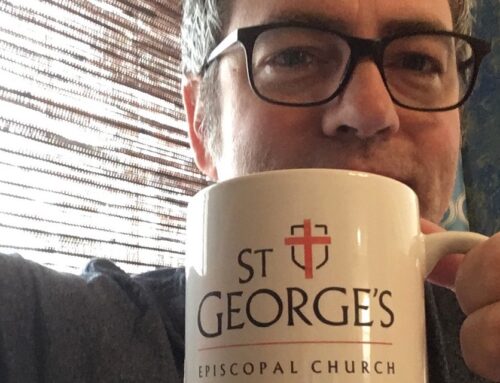
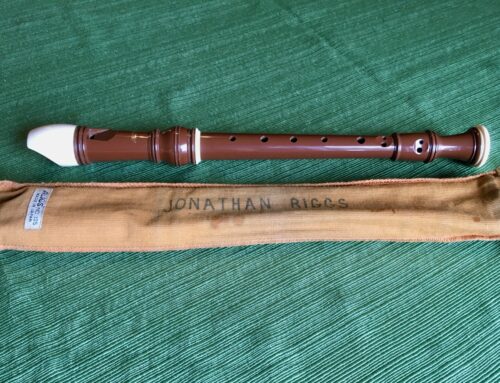
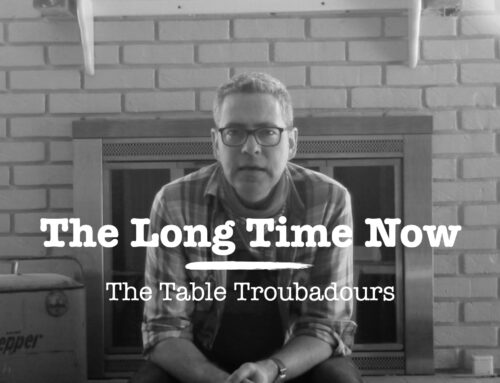

Thank you for your post. I just got done with our regular weekly rehearsal for our rock band worship, and I realize you had to put in a lot more work preparing for last week. I could play the same chords over and over and just about interchange the lyrics over the predictable melodies.
We have a traditional service I lead sometimes, but a liturgical service would be a new challenge — though maybe quite refreshing.
Thanks for your comments, Matt. My best to you.
Jonathan,
That’s way cool – I’d love to experience something like this, more often, honestly … it would be refreshing to slip in and be a part of a worship service like that.
Hi, Fred. It was refreshing. There’s a lot we can learn from this sort of thing.
and also with you.